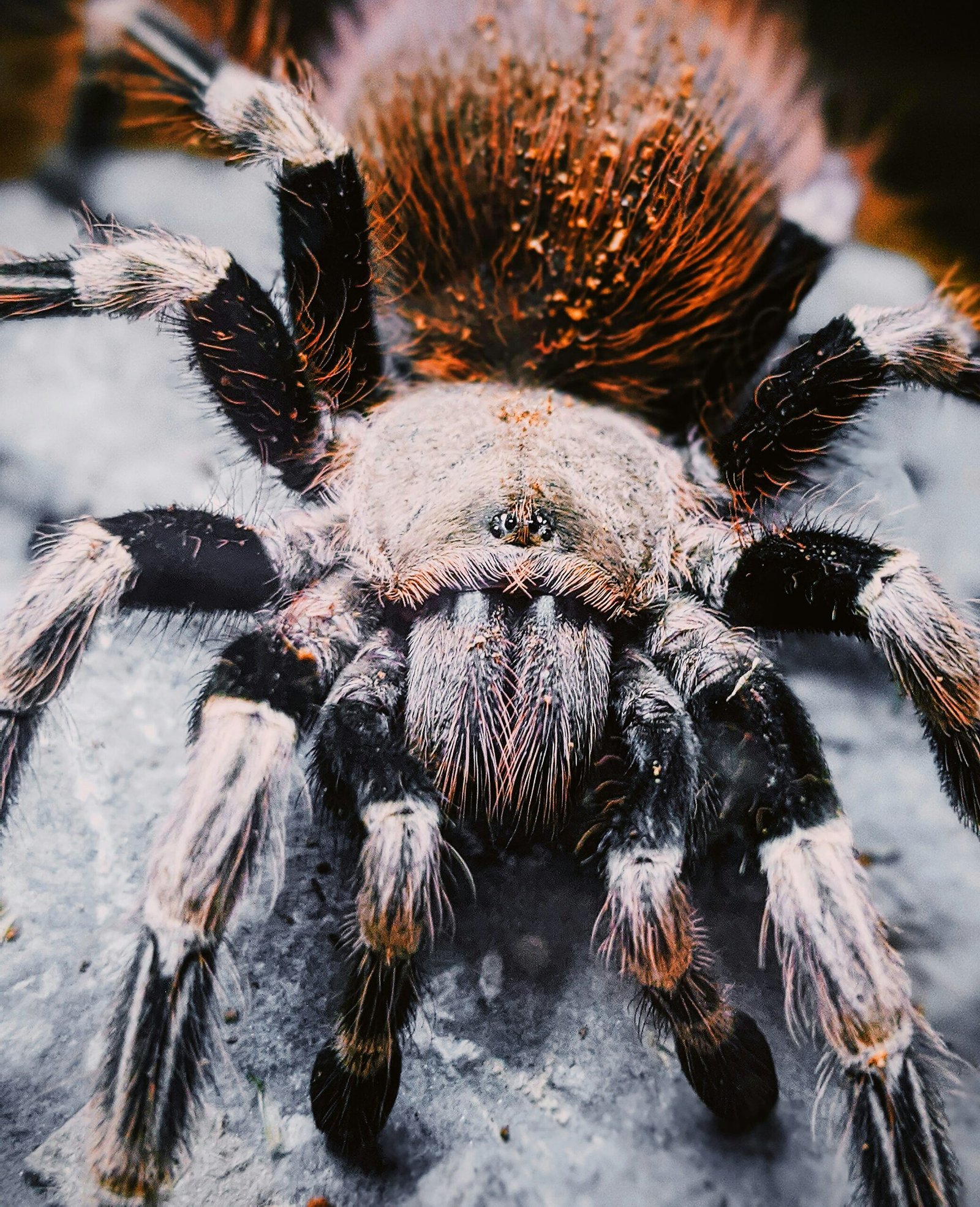Have you recently noticed something unusual about your tarantula? You might be concerned about external parasites if your tarantula is acting differently or showing signs of distress. Let’s walk through how you can identify these unwelcome visitors and explore ways to treat and prevent them from disturbing your eight-legged friend.

Understanding Tarantula External Parasites
Before you leap to solutions, it’s vital to understand what external parasites are and how they can affect your tarantula. External parasites are organisms that live on the outside of a host animal, and they can cause harm by feeding off the host’s bodily fluids or causing irritation.
Types of External Parasites in Tarantulas
Tarantulas, though large and intimidating, are not exempt from falling prey to a variety of parasites. Knowing the types you’re dealing with is the first step to effective treatment.
- Mites: Most common parasites in tarantulas. They are tiny and often appear as small, white to brown spots moving on or near your tarantula.
- Lice: Often mistaken for mites, lice are another potential problem but are a rarer occurrence in tarantulas.
- Ticks: Less common but more harmful, ticks can latch onto tarantulas and may require more immediate action.
By being able to identify these creatures, you can better assess your tarantula’s condition.
How Parasites Affect Tarantulas
Parasites can have a significant impact on a tarantula’s health. They may cause irritation, lead to infections, or in severe cases, even result in death. Parasites feed on their host, leaving tarantulas vulnerable and possibly affecting their nutritional intake and hydration.
Identifying External Parasites
The next step is accurately identifying whether your tarantula has a parasite problem. This can sometimes be tricky, as signs of parasites might overlap with other health issues.
Visual Inspection
Regular inspection is crucial. Gently look over your tarantula, checking spots where external parasites commonly attach. Pay particular attention to areas such as:
- Joint Areas: Underneath leg joints, where mites often congregate.
- Abdominal Crevices: Ticks or larger mites might lodge themselves here.
- Carapace Crevices: The space between the body and protective layers.
Utilizing a magnifying glass can help in spotting these tiny creatures.
Behavioral Signs
Observing your tarantula’s behavior can also give you clues. Look for:
- Restlessness: Unusual movement patterns or seemly anxious behavior.
- Excessive Grooming: More frequent than usual, as they try to remove the irritation.
- Decreased Appetite: A common sign that something is affecting their wellbeing.
These signs, together with a visual check, can guide you toward the next steps in confirming parasitic infections.

Treating Tarantula External Parasites
Once you’ve identified parasites, it’s time to take action. Treating your tarantula requires a considerate approach to ensure their safety and health improvements.
Isolation and Environment Cleaning
One of the first steps in managing external parasites is quarantining the affected tarantula to prevent the spread, followed by cleaning the environment.
- Isolation: Move your tarantula to a secure, clean container.
- Substrate Replacement: Completely change out the substrate in the original enclosure.
- Enclosure Cleaning: Use hot water (or a vinegar solution) to clean the enclosure and accessories, ensuring no parasite eggs are left behind.
Using Specific Treatments
While natural methods are preferred, in some cases, using specific treatments might be necessary. However, safety and care are paramount when deciding on treatment methods.
- Hypoaspis Mites: These beneficial mites can be introduced to prey on harmful mites without affecting your tarantula.
- Approved Insecticides: If recommended by a vet, carefully applying certain sprays may help; always follow veterinary advice closely to avoid harming your tarantula.
Regular Monitoring and Health Checks
After initial treatment, continue to monitor your tarantula regularly. Keep a close eye on their behavior and any new signs of parasites. Regular check-ups and environmental control are essential for preventing re-infestation.

Preventing Future Parasitic Infections
Prevention is always better than cure. Consistently keeping your tarantula’s environment clean and watching for early signs of parasites can significantly reduce the chances of re-infestation.
Routine Enclosure Maintenance
Regularly maintaining your tarantula’s habitat is the easiest way to avoid future problems. Here are a few tips for clean environments:
- Weekly Substrate Checks: Remove waste and uneaten food regularly to prevent mites.
- Monthly Deep Cleans: Engage in a more thorough cleaning of the habitat, ensuring there is no build-up of dirt.
- Humidity Control: Proper humidity levels can deter the presence of parasites.
Secure Feeding Practices
Choose high-quality, parasite-free food sources. Insects like crickets or roaches should in the best state to prevent introducing parasites.
Health Monitoring and Vet Consultations
Regular health monitoring alongside occasional vet consultations will keep you ahead of potential issues. Being proactive means acting on any sign before they transform into severe problems.

Conclusion
Owning a tarantula is both rewarding and, at times, challenging. By understanding how to identify and treat external parasites effectively, you can ensure your tarantula remains healthy and content. Remember, regular inspections, proper treatment, and preventive measures will go a long way in safeguarding your arachnid companion.
By following these guidelines, your tarantula should live a much happier, mite-free life along with providing you peace of mind. You are now well-equipped to deal with these pesky parasites and preserve the wellbeing of your tarantula.
